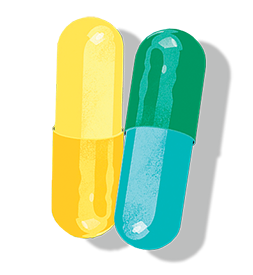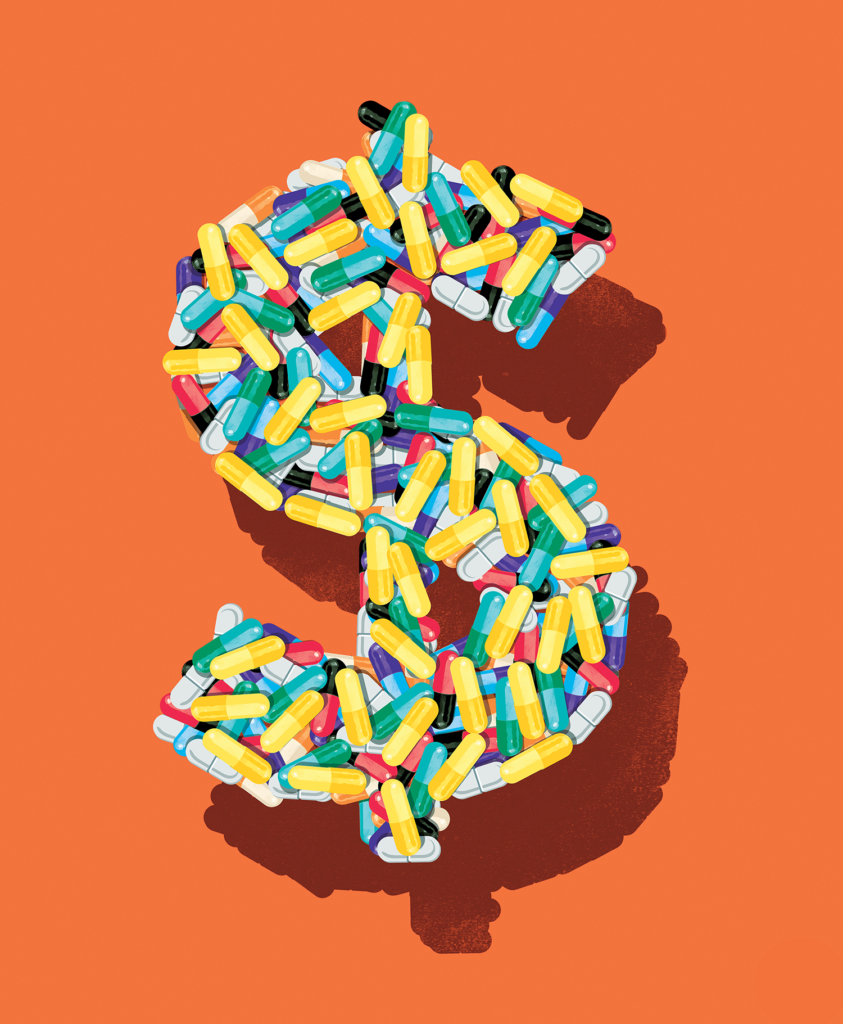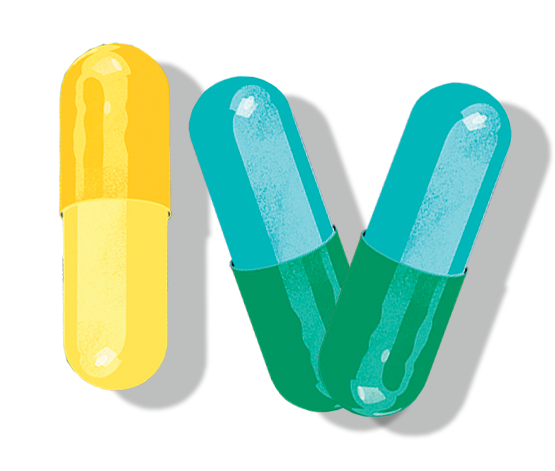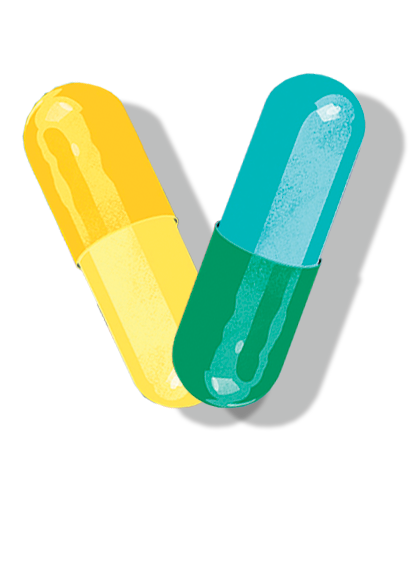When Joey Mattingly remembers the time his grandmother got very sick, one figure stands out: $600. That was her monthly expense for a single medication. With her husband self-employed, the couple lacked health insurance and spent most of their discretionary income on prescriptions.
“I would get so mad,” says Mattingly, now associate professor and vice chair of research at the College of Pharmacy. “In my head, the drug company was the culprit.”
The frustration fueled Mattingly’s passion, propelling him into a career in pharmacy and, later, health economics. Years in the field have led him to a more nuanced conclusion: “It’s complicated.” Now an expert tapped by U.S. Congress for his insights, Mattingly is eager to share his knowledge about the complexities of drug pricing to help the public and legislators make informed decisions. Here, he shares five things we need to consider when asking, “What’s a fair price for treatment?”

Bringing a drug to market costs about $2 billion.
To incentivize spending on research and development, the U.S. grants pharmaceutical companies a temporary monopoly on new drugs, allowing them to charge higher prices. “The tradeoff is that we get drugs that cure hepatitis or extend the lives of cystic fibrosis patients by decades,” explains Mattingly. Without this incentive, we need to consider who would fund R&D for innovative treatments.

Around 90% of drugs never make it to market.
Failure is part of the process, Mattingly emphasizes. “We have to invest in the failures to get the successes.”


The U.S. has some of the world’s lowest generic drug prices.
When patents expire, competition drives down prices. “My research shows that comparable countries pay more on generics than we do,” Mattingly notes. However, tactics like “evergreening,” where slight changes to a drug’s formula allow for new patents, can keep prices high longer.
 The pharmaceutical industry doesn’t work like a typical free market.
The pharmaceutical industry doesn’t work like a typical free market.
Factors like inelastic demand set the health care market apart. While consumers can opt out of buying a product in other sectors, patients often have little choice but to pay for essential medications.

Patient decisions affect everyone in the insurance pool.
“When I ask my insurance to pay for a drug, I’m asking everyone else to pay,” says Mattingly. “We have to realize it’s not just about the individual. But we can’t just deny drugs to people who need them.” The challenge, he says, is figuring out a fair system for determining who gets access to expensive medications.



Great insights! Understanding prescription drug pricing is so important—thanks for sharing these eye-opening and helpful details!
While your insight does provide a background. It is also fills me with outrage.
You say the drug market isn’t like a free market. But fail to explain it’s because drug companies BUY out smaller compaines to reduce competition. They also keep their proprietar brand name drug, as the SOLE drug for X condition by evergreening it.
They also work with PBMs to ‘deal’ with insurances, and pharmacies, to keep proces high.
All for their profit.
While I agree that companies should be profitable. But WHEN you run a monopoly on drugs. Especially life saving drugs, for long term usage, like cancer drugs, and many diabetic drugs, allergy medications and emergency drug supplies. Knowing full well that the patients NEED these medications, and supplies to STAY alive is disgusting.
There needs to be limits put into place on evergreening, and competition buy outs. Putting the drug market back into a freemarket. Will bring down costs of bringing a drug to market, lower costs of research, lower customer costs etc…